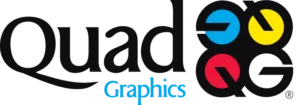 Speech synthesis is a useful facility in creating a learning management system with greater accessibility not only to visually impaired learners, but to the general public. The ability to verbally communicate with a program adds a new dimension to the learning experience created by your learning management system.
Speech synthesis is a useful facility in creating a learning management system with greater accessibility not only to visually impaired learners, but to the general public. The ability to verbally communicate with a program adds a new dimension to the learning experience created by your learning management system.
A computer system used to artificially create human speech is called a speech synthesizer, and can be implemented in software or hardware. A text-to-speech (TTS) system turns normal language into speech. Though many computer operating systems have included speech synthesizers since the 1980s, the development of synthesizer sophistication is still underway, and educators are starting to include such programs in their learning management systems. Clarity of voice is the measure of a synthesizer’s quality, but other challenges the programs face include the task of keeping up with the world’s growing vocabulary—new words, names and places.

















